Lordosis is a postural deformity related to the spine in which the lumbar spine bends beyond the usual amount in the front. The abdomen is therefore in front of the body, and the shoulders come out and sideward.
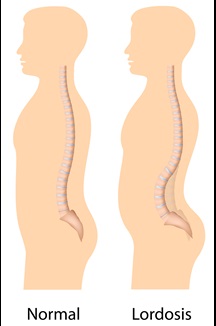 |
| Lordosis |
Lordosis happens most commonly in the lower back. The spine can also be affected at the upper and middle back. Some rounding is common, but more than 50 degrees is termed as “kyphosis”. Kyphosis is another postural deformity of the spine.
Due to the curve in their back, a person with lordosis can have trouble lying flat on the ground. It can seldom lead a person to lose control over the bladder or bowels or may feel sudden, extreme pain or weakness in the legs.
Symptoms
Lordosis often affects the appearance of a person, and the main symptoms of this postural deformity are lower back pain, and it seems like the stomach is bulging out more than normal. Symptoms of extreme lordosis are:
- Tingling.
- Pain in the back or neck.
- Numbness.
- Weakness in the legs and spine.
- Discomfort in preserving muscle control.
- Pressure radiated in the legs and feet called sciatica.
Causes for lordosis
 |
| Causes for lordosis |
People of any age may suffer from lordosis. Some conditions and factors can increase your risk of this postural deformity. Including:
- Lack of balanced diet: Either an over or insufficient consumption of any dietary portion constitutes an unhealthy diet. Failure to have a healthy diet can also lead to lordosis.
- Improper muscles development: The key cause of this deformity is the improper development of muscles. Improper muscle growth may have an impact on the spine in the lower back and contribute to this deformation.
- Overweight or obesity: Obesity puts people at higher risk for lordosis and severe diseases such as type 2 diabetes, heart disease, and cancer.
- Osteoporosis: It is a bone disease that causes loss of bone density that increases the risk of fractures.
- Spondylolisthesis: Spondylolisthesis causes one vertebra, usually in the lower back, to fall forward over another, and it can cause lordosis.
Precautions of Lordosis
- Balanced diet should be taken.
- Stand straight while carrying weight.
- Never take excessive food.
- Maintain your weight.
Exercises for lordosis
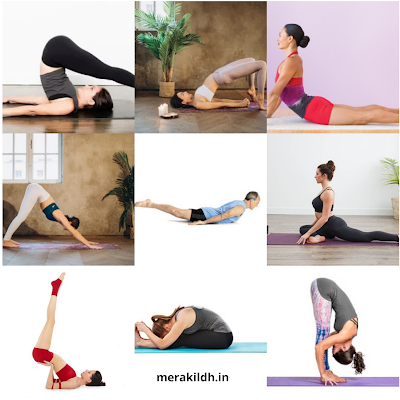 |
| Exercises for lordosis |
A person can reduce the risk of developing lordosis by regular exercise. Doing exercise daily makes muscles active, strong, and flexible. Doing the following mentioned exercises can prevent you from lordosis.
- Standing forward bend (Uttanasana):
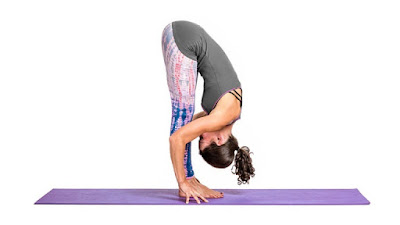
Standing forward bend Perform Uttanasana for at least 10 times. It stretches the spine and strengthens the back muscles. Regular practice of this asana reduces the risk of lordosis. It also calms the brain, leads to stress relief and moderate depression.
- Sit-ups
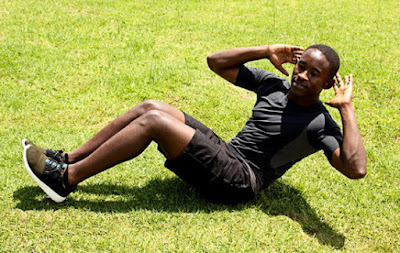
Sit-ups It strengthen, tighten, and tone your core, and reduce your risk of back pain and injuries. A solid core helps you to stabilize your body when going through your everyday and sporting activities.
- Plow pose (Halasana)
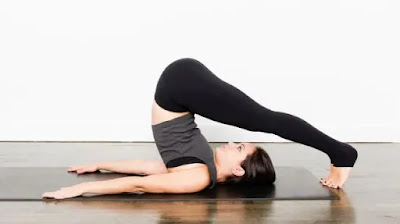
Plow pose Plow Pose is called Halasana. For back, it’s really healthy. This asana is considered important for back pain. It strengthens and flexible the backbone. This asana also strengthens neck muscles. Halasana and paschimottanasana is suitable for management of lordosis spinal deformity.
- Seated forward bend (Paschimottanasana)
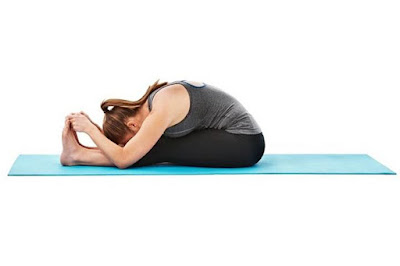
Seated forward bend paschimottanasana gives the spine adequate stretches and tones, hence makes the spine stronger and flexible. The asana also functions well for the liver and kidneys. This yoga asana is very good for relieving stress, depression, and anxiety.
- Legs up the wall pose (Viparita karani)
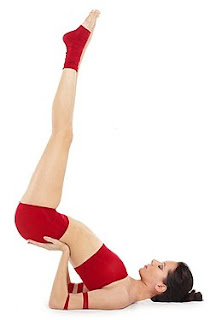
Legs up the wall pose Viparit Karani asana gives a decent stretch of the front of the torso, legs, and back of the neck. It strengthens the back muscles and makes the spine strong and flexible. A mild backache can be relieved. It’s an asana that will relax and calm your mind.
- Bridge pose (Setu bandhasana)

Bridge pose It is very helpful for spine. Bridge pose strengthens lumbar spine which can treat the deformity of lordosis. The back, buttocks and hamstrings are strengthened. This pose stretches hips and reduces lower back pain.
- Cobra pose (Bhujangasana)
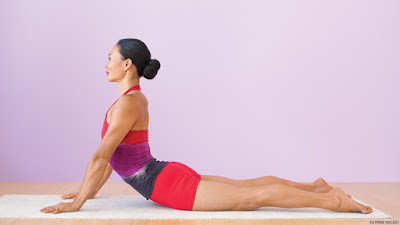
Cobra pose Cobra pose is also good for a person suffering from this deformity. It reduces lower back stiffness, extends the shoulders and chest muscles, and flexes the spine and stretches the chest. It makes the spine firm and stable. Cobra pose is useful to correct lordosis.
- Downward facing dog (Adho mukha svanasana)

Downward facing dog Downward facing dog pose is very helpful for the spine. It stretches the shoulders, hamstrings, calves, arches, and hands. It energizes the body and keeps you active throughout the day. It makes the back muscles strong and the lumbar spine flexible.
- Locust pose (shalabhasana)
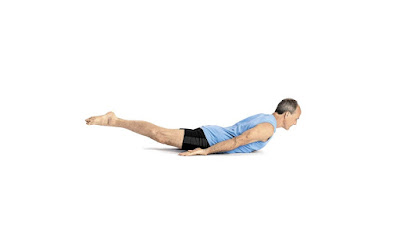
Locust pose Locust pose reduces pain in the back. Regular practice of locust pose can reduce the degree of curve in the spine which can treat and prevent lordosis. It makes the spine strong and flexible. It keeps the body energized and also strengthens the core.
- Pigeon pose (kapotasana)
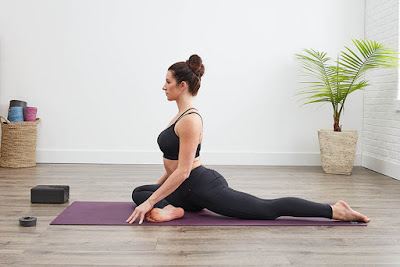
Pigeon pose Pigeon pose is good for the lumbar and sacral spine. It strengthens the spine and also treats and prevents sciatica pain. It also stretches the hip. It can also reduce the degree of the curve in the spine to normal.
